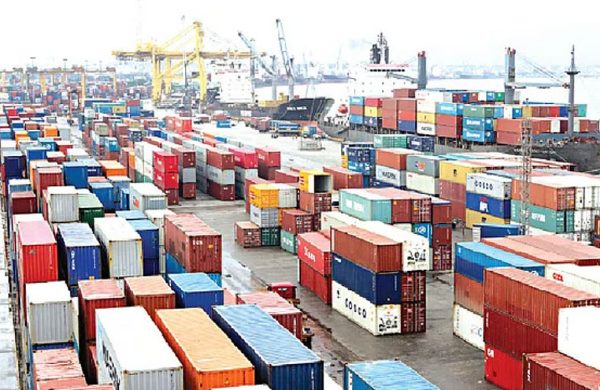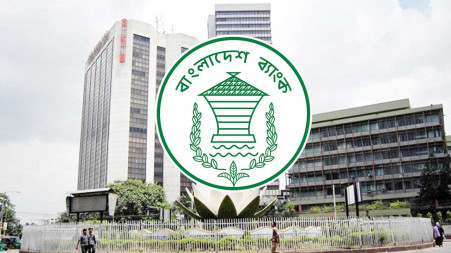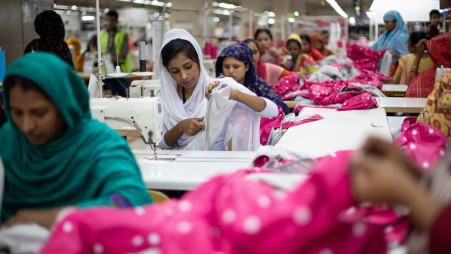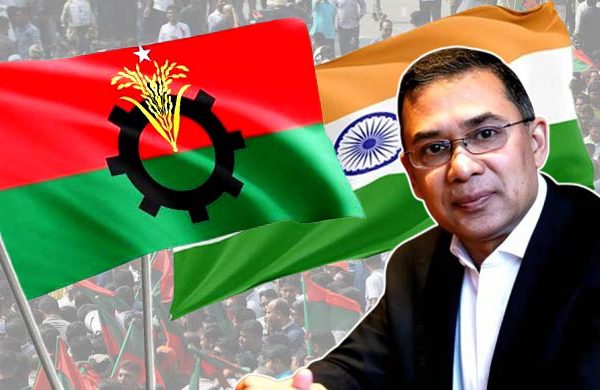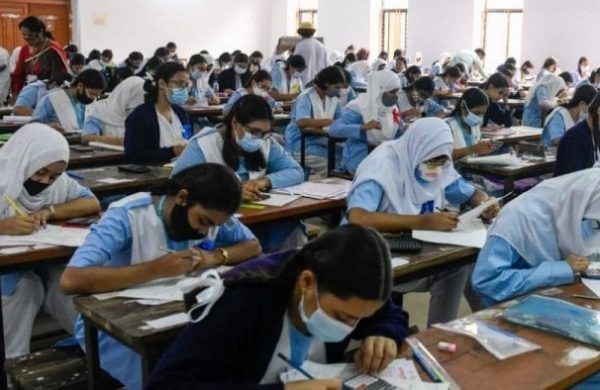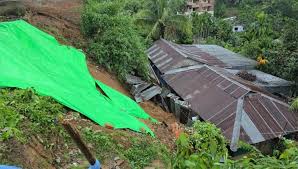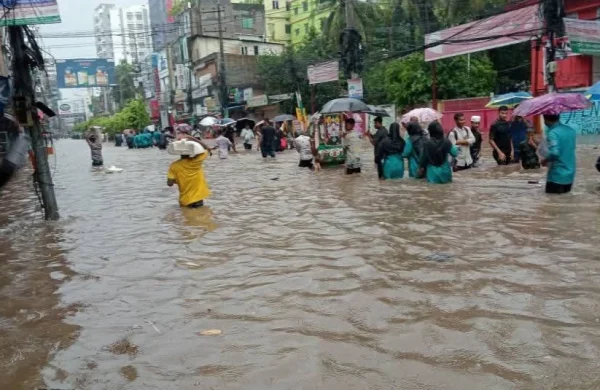Gas crisis: Suffering to intensify in future, production decreases
- Update Time : Monday, January 13, 2025
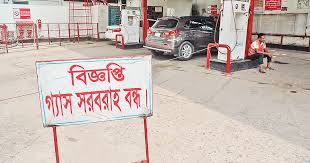
TDS Desk:
People in Dhaka, Gazipur, Narayanganj and several other parts of the country have been suffering due to acute shortage of gas supply. People have to wait till night for cooking at homes as gas supply is not available during daytime. Running industries have become a tough task, disrupting productions at export-oriented factories.
Power generation is usually reduced by half during the winter. This reduces the demand for gas in the power sector. As a result, the supply of gas to industrial, residential and commercial sectors is expected to increase. But this time the supply of gas has decreased. Production from local gas fields has been declining. As a result, customers are suffering from gas crises even in winter. Experts fear that this suffering will further increase in the coming days.
The demand for gas is now 3.80 billion cubic feet per day. A supply of 3 billion cubic feet per day can somewhat tackle the need. But the supply has now come down to 2.5 billion cubic feet.
Bangladesh could once produce 2.7 billion cubic feet of gas per day. But production has been declining since 2018. The previous Awami League government turned to LNG imports to meet the deficit, emphasising little on gas exploration and production. As a result, the production has decreased to 1.93 billion cubic feet now, from last year’s 2 billion to 2.1 billion cubic feet.
Experts blame the energy division’s negligence and inefficiency for this situation. Despite having maximum reserves, production could not be increased in Titas and Kailashtila gas fields due to lack of technical planning and technology while the production from Bibiana gas field, which has comparatively less reserves, could be maximized manifolds
The government does not have much activity in offshore oil and gas exploration. No company responded to the last open tender. Now Petrobangla is preparing to invite tenders again. There is no chance of discovering offshore gas fields in the next few years. There is not much momentum in onshore exploration of new gas fields. The work of increasing production by drilling new wells in old gas fields is progressing slowly. Although 50 wells were supposed to be drilled by 2025, only 16 have been drilled in three years.
Mohammad Saiful Islam, secretary of the energy and mineral resources division that the gas crisis cannot be solved overnight. Production is decreasing, the capacity to import LNG is also limited; and the price of LNG is also increasing. There is no quick fix other than increasing production in the country. Therefore, short, medium and long-term plans are being made with emphasis on exploration and production.
WAIT FOR GAS TILL NIGHT
Titas Gas Transmission and Distribution Company supplies gas in Dhaka city. Titas’ complaint centre is receiving calls from different parts of the city from residents complaining about not receiving gas.
Laizu Begum, a resident of Mohammadpur, said she has to wait till night to cook as there is no gas during the day. Not only Mohammadpur, but people in most areas of the capital including Dhanmondi, Kalabagan, Mirpur and Uttara are unable to cook due to lack of gas.
Residential consumers in Gazipur are also unable to cook due to lack of gas. While the pressure of gas is too little in some places while in others the gas is only flickering. Residents of various areas of Gazipur city, Sadar and Kaliakoirupazilas are also suffering from the gas crisis.
Gas shortages have been reported in several areas including Deobhog, Data Sarak, Kashipur, Baburail, Bholail in Narayanganj city, Kalagachhia and Madanpur in Bandar upazila. Afroza Khanam, a housewife from the Deobhog area, said that the gas pressure decreases every day after 9:30am and increases a little after 1:00pm.
Cooking on electric stoves is increasing household expenses in the form of additional electricity bills. Sneha Akhter, a housewife from the Baburail area of the city, said gas is unavailable in day. Even if gas comes late at night, it becomes unavailable again in the morning. Sneha said her family has to cook with LPG cylinders at extra cost.
GAS SHORTAGE IN INDUSTRIES, PROPOSAL TO INCREASE PRICE
Industrial sector usually gets 10 to 15 PSI (a unit of gas pressure measurement) gas. Gas pressure is usually a concern during the winter season. With decreased supply, the problem has intensified this year. Some factories even get as low as 1-2 PSI pressure of gas, making it impossible to continue their operations. Most of the factories in industrial areas such as Narayanganj and Gazipur are struggling due to gas shortage.
Mohammad Masum, general manager of Fair Apparels Dying Unit in Panchabati in Narayanganj, said the gas boiler can hardly be operated on the gas received.
SM Ajmal Huda, electrical engineer of IFS, said during gas shortage they continue operation through CNG and diesel run generators. The production cost shot up as a result.
Total Fashion’s administrative officer Kabirul Islam said their dying factory is shut for two years due to the gas crisis.
The production has decreased in factories in Gazipur too due to gas shortage. During visits to industrial areas of Konabari, Mouchak, Bhogra, Basan, Palli Bidyut, Kaliakoir and Sreepur, it was found that the factories in these areas have been experiencing an acute gas crisis for three months. There is almost no gas supply in these areas for one week. Production in fabric factories and other industries in Bhogra, Konabari, Mouchak, Shafipur and Chandra has reduced by less than half. Readymade garments factories are the most hit due to the gas crisis.
Titas Gas’s manager (supply and distribution) Md Redwan that the demand of gas in Gazipur was 600 million cubic feet yesterday while the supply was 410 million cubic feet.
The Awami League government increased the price of gas in industries by more than 150 per cent in name of increasing supply. Effort is on to increase the price again on the same pretext. Petrobangla has already proposed a gas price hike to the Bangladesh Energy Regulatory Commission (BERC). The proposal recommended a hike to Tk 75.72 per unit from existing Tk 30 for new industries.
RESERVES ENDING, PRODUCTION DECLINING
According to the information Petrobangla and Hydrocarbon Unit, there are currently 29 gas fields in the country. However, the reserves of the Bibiana gas field, which produces most gas, are nearing the end. Two years ago, Bibiana would produce 1.3 billion cubic feet per day which has now come down to 980 million cubic feet. The production will continue to decrease in the coming days. Other large gas fields are also not producing gas according to capacity.
According to the hydrocarbon unit, the total volume of reserve until November last year was 8 TCF (trillion cubic feet). The average production per annum is nearly 0.75 TCF. That means, with the current reserve the production rate could be maintained for eight years.
Experts, however, said it cannot be said how long the reserve would last. This is because the production rate could not be maintained as the reserve would deplete. This decline could be recorded every year. Besides, new reserves could be discovered by this time.
DISASTER DUE TO IMPORT-DEPENDENCY
Alongside the domestic production, LNG is supplied through two floating terminals at Maheshkhali in Cox’s Bazar. Industries and residential consumers have been regularly suffering from the gas crisis due to supply crunch. Amid this, one of the terminals will remain shut from Friday noon to Monday noon due to maintenance. This has intensified the gas crisis.
The terminal was shut for three days in the last week as well. Earlier, a terminal of Summit Group was shut for several months at a stretch. The gas crisis intensifies if any of the terminal remains closed.
Currently, LNG supplies 25 per cent of the total demand. Currently, the capacity to import every day is 1.1 billion cubic feet. As no terminal is being built, the volume of LNG import cannot be raised even if the domestic production declines. The previous government, though, signed several agreements to boost LNG supply from 2026.


